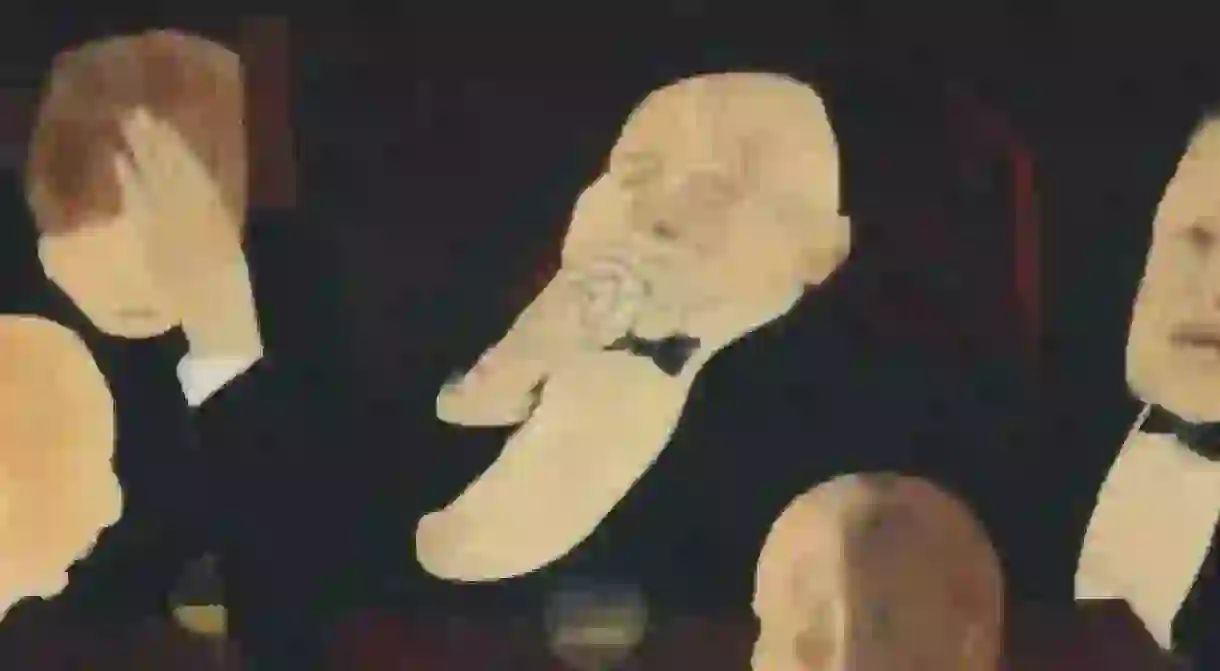The Indian World of Art Collecting | Interview with Aakaash Belsare

Over the last few decades, India’s contemporary art world has been growing from strength to strength, bringing forth a generation of artists whose cutting-edge, provocative works are now being purchased by the country’s expanding group of dealers, gallerists and collectors. Mumbai-based collector Akaash Belsare tells Culture Trip about his growing collection, how he came to love Indian modern art and what inspires his choices in purchasing artworks.

Aakaash Belsare is part of a new generation of middle-class Indians who are cultivating their cultural outlook by investing in their culture’s aesthetics, with a specific focus on modern and contemporary art. What is telling of this self-taught collector who has been confidently acquiring new works for his now-substantial private collection, is that when the markets deflated, affecting the economics of art, Belsare consciously chose to refocus on modern works, specifically the Bombay Progressive Artists’ Group (conceived in 1947, at the point of independence, and disbanded in 1956).
Such decision-making saw contemporary art become the expendable part of an expensive enterprise. Where contemporary works were incredibly fashionable during the boom period pre-2007, with the international success of artists like Subodh Gupta, Bharti Kher, Jitish Kallat and Thukral and Tagra, modern art has since re-emerged as the trusted byword for investing in Indian art for collectors in India and abroad. As a consequence, the secondary market for works by Francis Newton Souza, Sayed Haider Raza, Akbar Padamsee, Nasreen Mohamedi, Kattingeri Khishna Hebbar and Bhupen Khakhar, among others, has become something of a cultured cattle market.
What was the first work you bought and why?
While in Delhi in early 2010, my business partner Vishal Vora and I happened to visit the India Art Fair (at that time it was better known as India Art Summit), and we were at Pragati Maidan, the location of the fair, by sheer chance. Seeing so much modern and contemporary art on display and watching and scrutinising people all readily buying works, encouraged us to acquire our own artwork. The first work that we bought was a grey toned graphite drawing on paper, which was folded into a black box, created by young Indian contemporary artist Dilip Chobisa, from New Delhi-based gallery Latitude 28. The work was a painting come sculptural work, which fitted our office space perfectly, and we still own the piece.

Were you attending a great number of galleries and exhibition openings at the time?
Since that first purchase, of the Chobisa drawing, we both decided to attend gallery openings, museum shows, participating in auctions and attending the India Art Fair very regularly after that. We also made a point of educating ourselves about the history of modern and contemporary Indian art, and of the art market, through conversing with gallerists, artists, writers, curators, dealers, and auction houses. That’s all in addition to reading books, acquiring magazines and scrutinising whatever was online.

When did your collection become something more substantial?
I can say our collection started becoming much more substantial when we started purchasing works of modern Indian artists, especially the Bombay ‘progressive artists’, including Francis Newton Souza, Sayed Haider Raza, Ram Kumar, Krishen Khanna, and Akbar Padamsee. The inclusion of Jogen Chowdhury, K.G. Subramaniam, Sudhir Patwardhan, Vivan Sundaram, Nasreen Mohamedi, Kattingeri Khishna Hebbar and Bhupen Khakhar collectively added incredible substance to our growing collection. At the time, we also started expanding our collection and included Pakistani artists like Mohammad Ali Talpur and Muhammad Zeeshan. This genuinely made us both think about modern and contemporary artists beyond India; and then we also started collecting photography as a new medium for the collection. We have photographs by Pushpamala N, Sudarshan Shetty and Riyas Komu. The final thread for us was to add more contemporary works, from artists Anita Dube, Vasudha Thozhur, Jitish Kallat and Shilpa Gupta and digital collages by Manjunath Kamath.
How has the modern and contemporary art scene been affected by the global economic slump?
I think it was hit pretty badly, initially. We really started buying post-crash, so we never personally experienced the boom time. With the help of gallerists and dealers, we gradually became aware of the fluctuating interest in modern and contemporary works.
Is there a more conscious energy in collecting and investing in Indian works now, and how has that affected recent sales of modern and contemporary art works?
Yes, there is a greater awareness of Indian art, thanks to the increased media coverage of works of modern art fetching phenomenal prices at auction. And I believe it has pushed buyers’ confidence in modern works of art, as it appears as a safer investment. Contemporary art, on the other hand, has fluctuated heavily over the recent years, as far as prices are concerned.
What was the last work you bought, and in terms of your collection are you more interested in two-dimensional works?
The last work we bought was a Sayed Haider Raza canvas of the cosmic tree from his Bindu series. We would love to collect many more three-dimensional works, but Indian art is predominantly two-dimensional, so as of now our collection mostly consists of works on paper and canvas. However, we have incorporated sculptural works by the likes of Baiju Parthan, Bharti Kher, Prajakta Potnis, Prajakta Palav Aher, Raqs Media Collective and Prajjwal Chaudhary into our collection.













